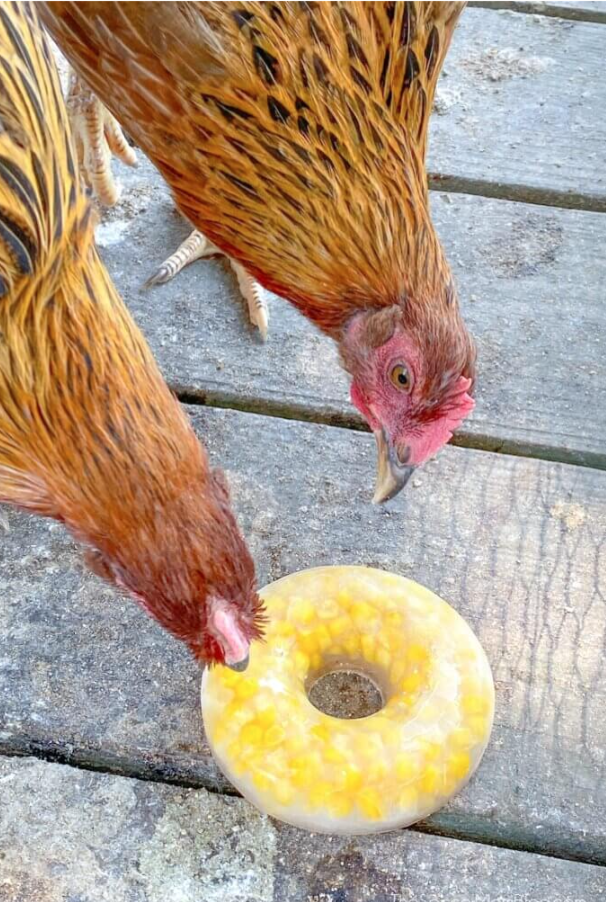Helping Our Livestock Through the Warm Summer Months
go.ncsu.edu/readext?942664
en Español / em Português
El inglés es el idioma de control de esta página. En la medida en que haya algún conflicto entre la traducción al inglés y la traducción, el inglés prevalece.
Al hacer clic en el enlace de traducción se activa un servicio de traducción gratuito para convertir la página al español. Al igual que con cualquier traducción por Internet, la conversión no es sensible al contexto y puede que no traduzca el texto en su significado original. NC State Extension no garantiza la exactitud del texto traducido. Por favor, tenga en cuenta que algunas aplicaciones y/o servicios pueden no funcionar como se espera cuando se traducen.
Português
Inglês é o idioma de controle desta página. Na medida que haja algum conflito entre o texto original em Inglês e a tradução, o Inglês prevalece.
Ao clicar no link de tradução, um serviço gratuito de tradução será ativado para converter a página para o Português. Como em qualquer tradução pela internet, a conversão não é sensivel ao contexto e pode não ocorrer a tradução para o significado orginal. O serviço de Extensão da Carolina do Norte (NC State Extension) não garante a exatidão do texto traduzido. Por favor, observe que algumas funções ou serviços podem não funcionar como esperado após a tradução.
English
English is the controlling language of this page. To the extent there is any conflict between the English text and the translation, English controls.
Clicking on the translation link activates a free translation service to convert the page to Spanish. As with any Internet translation, the conversion is not context-sensitive and may not translate the text to its original meaning. NC State Extension does not guarantee the accuracy of the translated text. Please note that some applications and/or services may not function as expected when translated.
Collapse ▲How to Combat Heat Affecting Our Livestock

Chickens enjoying their frozen treat Picture from: The Soccer Mom Blog
Summer is coming, just a little slower this year it seems. Although temperatures are still fair right now, the summer heat is not far off. How can we be ready for the summer temperatures and stress that it brings to our livestock?
Let’s start with when we check our livestock throughout the day and night. There are some signs you can be looking for to show symptoms of heat stress. Some symptoms that livestock may show can be:
- Excessive Panting
- Excessive Saliva or Drooling
- Increased Sweat
- Labored Breathing
- Shivering
- Lack of coordination.
For Poultry, some of the above apply, as well as:
- Pale Combs/Wattles
- Staggering
- Severe Lethargy.
If you notice any of the listed signs of your livestock contact your vet as soon as possible. Heat stress can lead to decreased production, lower breeding efficiency, increased lameness, increase in parasites, and if left untreated or ignored can lead to death of the livestock. If a veterinarian is unavailable, whether they cannot come out or are not close, get some tips for combating heat stress from the vet instead.
You can also do the following after livestock show signs of heat stress: Remove the animal from the sun and get them into shade areas. Offer electrolytes to help replenish some of the nutrients they have lost. Gradually try to cool their bodies down by hosing off (If able) and then removing any excess water so that heat you are trying to remove doesn’t build back up.
Before heat stress sets in to your livestock some things you can do to help keep them cool during those hot days are:
- Make sure to offer your livestock with plenty of fresh cool water for drinking.
- In areas where you are able to for poultry, freeze fruits and veggies cut up in ice trays or bowls to offer your feathered friends a cool treat throughout the day
- During the day or night if feasible, you can set up misters or sprinklers in your barns or coops to help give the livestock some cool ground to lay on to help lower their body temperatures back down
- Be sure to offer plenty of shade for your livestock so that they are able to get out of that direct sun
- If livestock are still showing slight signs of heat stress throughout the day, then you can also cut rations of feed if they are on any to help them to produce less body heat throughout the day and offer more pasture if able
- During extreme heat, you should also avoid hauling or working your livestock during the hottest parts of the day
- When caring for livestock in pens, barns or houses during the summer it is also important to ensure you are providing plenty of ventilation as well as decreasing stocking rates where you are able to, to allow that livestock to spread out and have a little more “breathing room”
If you are needing any assistance with your livestock, setting up ways to ensure your livestock are staying as cool as possible this summer, or any other questions, please reach out to our office and let us know how we can help you and your livestock!
You can reach Bailee Perkins at the office at 336-694-4158 Ext. 5, and email at bailee_perkins@ncsu.edu.




